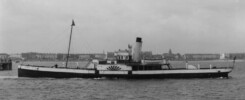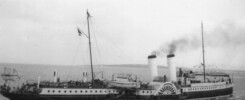
On Monday 23rd January 1939 Royal Daffodil was being prepared for her launch the following day at the yard of Denny of Dumbarton on the Clyde. Although not a paddle steamer she was the final development of a ship designed for the excursion trade to be built pre Second World War. Her design stemmed from this tradition. And she was the brainchild of a man steeped in excursion paddle steamers from the beginning of the century, Captain Sydney Shippick.
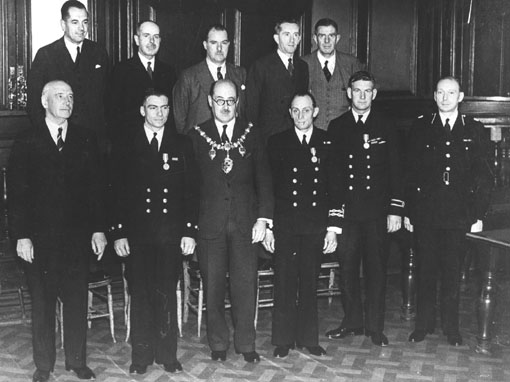
Captain Shippick went to sea as a boy, obtained a master’s ticket and got his first command of Cosens paddle steamers Empress and Brodick Castle at Weymouth and Bournemouth before the First World War. So there is nothing that he didn’t know about the day to day operation and management of excursion steamers.
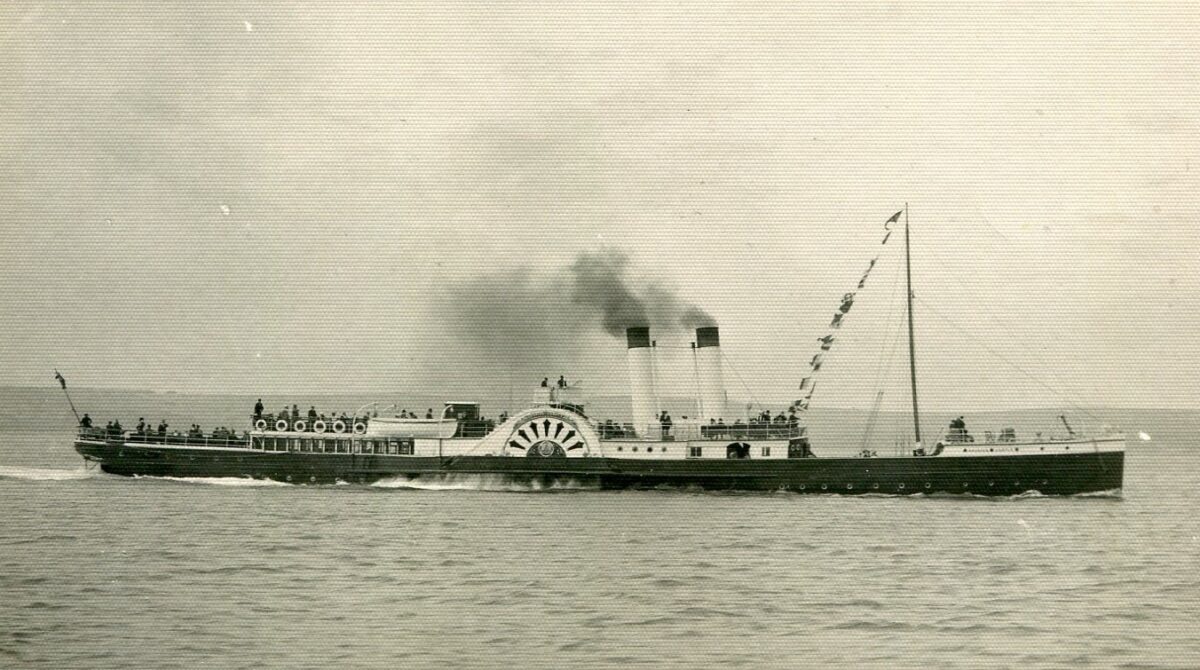
His experience on Brodick Castle taught him a lot not least that whilst sitting out in the open on the deck of a paddle steamer is lovely for passengers when the sun is shining and the temperature high, it is rather less so when it is cold, when spray is flying and when passengers are captive prisoners aboard on long trips extending over several hours. He remembered that.
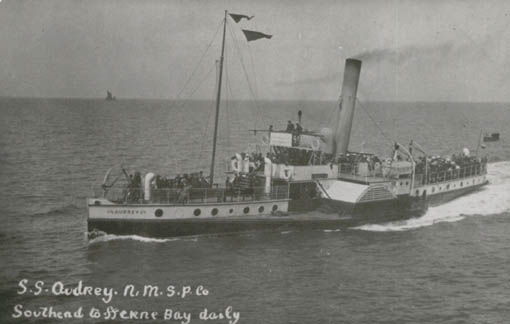
When Cosens sold Brodick Castle he set up on his own account at Poole and Bournemouth first with the little Studland Belle and then with the Audrey. On the outbreak of war he brought her to the Medway to work on Government service.
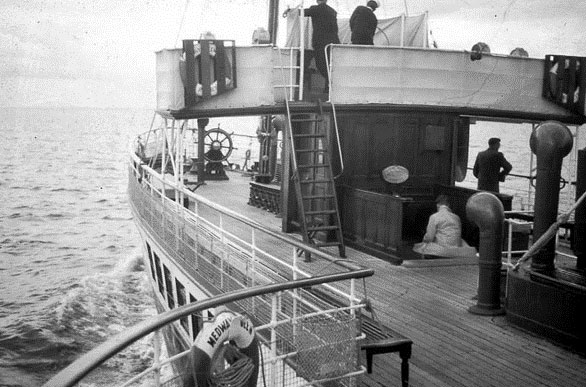
After the war he formed the New Medway Steam Packet Company and built the Medway Queen.
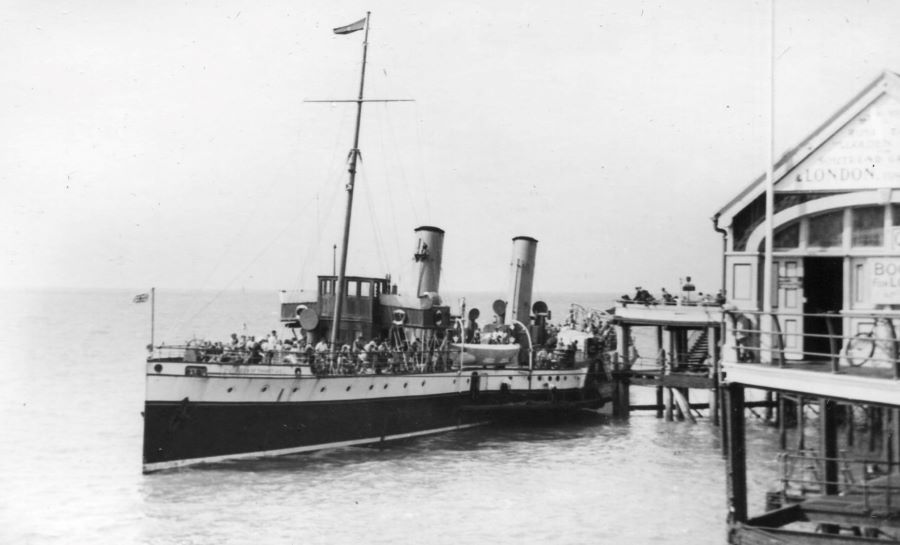
In 1928 he bought two ex Admiralty paddle steamers HMS Atherstone, which he renamed Queen of Kent, and HMS Melton which he renamed Queen of Thanet. He refurbished both for passenger service and put them to work running from the Medway and Thames on day trips to the near continent. On this they proved to be a great success. However they did have one major drawback. When passengers came aboard for the return leg of the trips after enjoying a nice day out in France or Belgium they faced the prospect of a long old haul back across the Channel to the UK sometimes when it was cold, sometimes when it was a bit windy and sometimes when it was a bit wet.
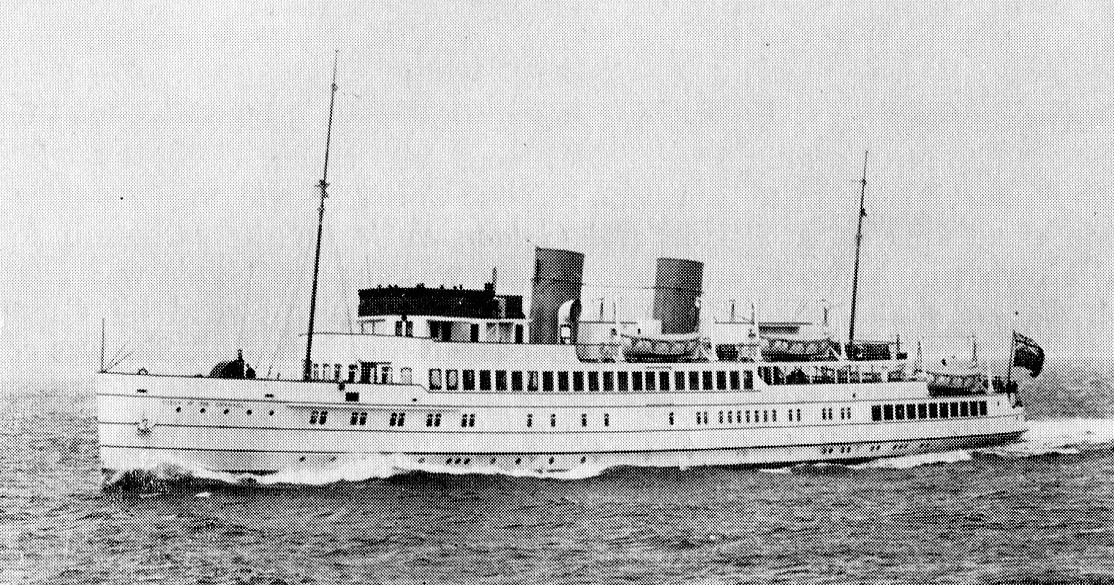
Captain Shippick knew all this and wanted to change it and give his passengers an enhanced customer experience. Fortunately these two paddle steamers turned into little gold mines and the surplus of income over expenditure which they generated enabled Captain Shippick’s bank manager to have sufficient confidence for him to go ahead and order a brand new vessel Queen of the Channel, in association with the GSN and with her builder Denny, with loads more undercover passenger accommodation for the cross Channel service.
Queen of the Channel did wonderfully well so in 1937 Captain Shippick ordered a second called Royal Sovereign. She also did wonderfully well so he ordered a third in 1939 Royal Daffodil. Look at pictures of these three ships and at first glance they all look very similar and roughly the same size. But they were not. At 2,060 GRT Royal Daffodil was almost twice as big as Queen of the Channel which came in at just 1,162 GRT. Royal Daffodil was a very big excursion vessel larger than any other craft in this market at the time anywhere else in the UK.
She was delivered by Denny on 23rd March 1939 and made her first passenger sailing on the Thames on 27th May running from London to Ostend with calls along the way at Tilbury and Margate. The following day she ran from Tilbury and Margate to Calais. All looked set fair for a prosperous future in an expanding market. But that all came crashing down in September when Britain declared war on Germany after the invasion of Poland by the Third Reich.
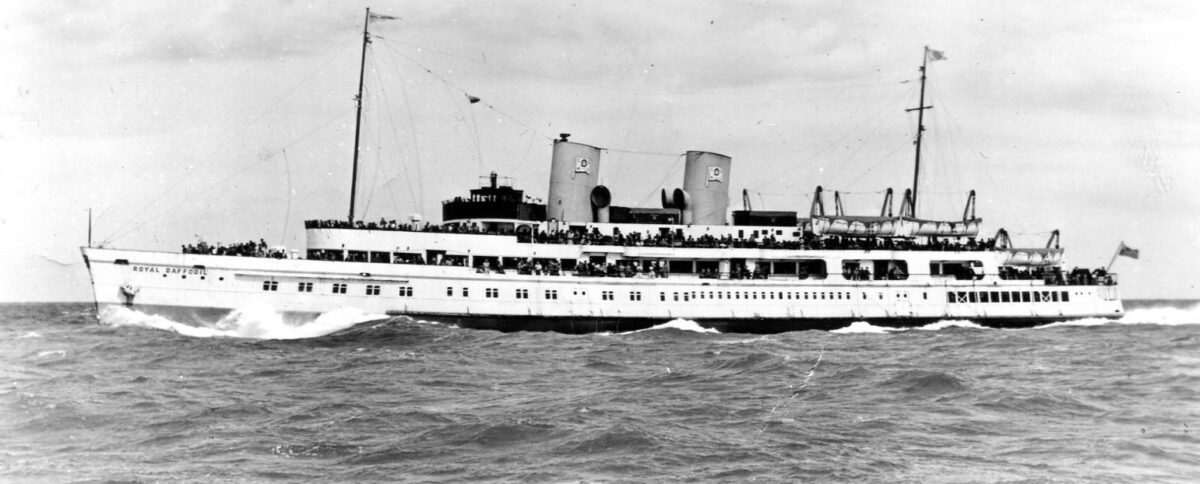
Royal Daffodil returned to service after the war but Government restrictions meant that she could not call at Continental ports until 1954 during which season only those with valid passports could travel. From 1955 no passport trips were once again permitted but as the 1950s wore on into the 1960s the market for excursions was in fast retreat with intending passengers finding other things to do with their spare time. 1966 was her last season in service and the following year she sailed to Ghent under her own power to be scrapped. She was just twenty seven years old. That’s like scrapping a ship today built in 1993.
Captain Shippick retired as Managing Director of the New Medway Steam Packet Company in 1949 and returned to live between Poole, where he was born and had grown up, and Jersey where he set up a base for tax efficient and health reasons. He lived on to see the complete collapse of the excursion market as he had known it and all the ships he had built new withdrawn from the excursion trade.
Born on 6th October 1878 in Poole, Captain Sydney John Shippick died in Bournemouth early in 1975 aged 97.
Kingswear Castle returned to service in 2023 after the first part of a major rebuild which is designed to set her up for the next 25 years running on the River Dart. The Paddle Steamer Kingswear Castle Trust is now fund raising for the second phase of the rebuild. You can read more about the rebuilds and how you can help if you can here.
John Megoran
This article was first published on 23rd January 2021.

